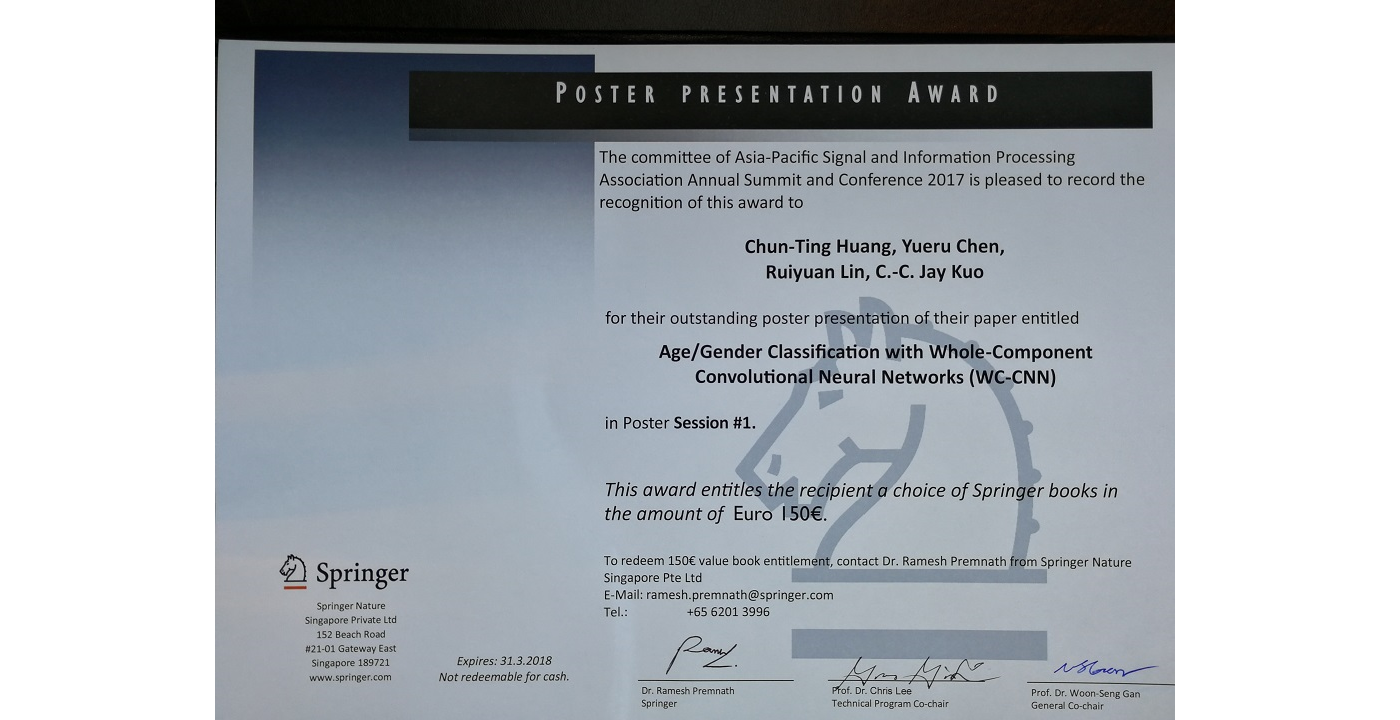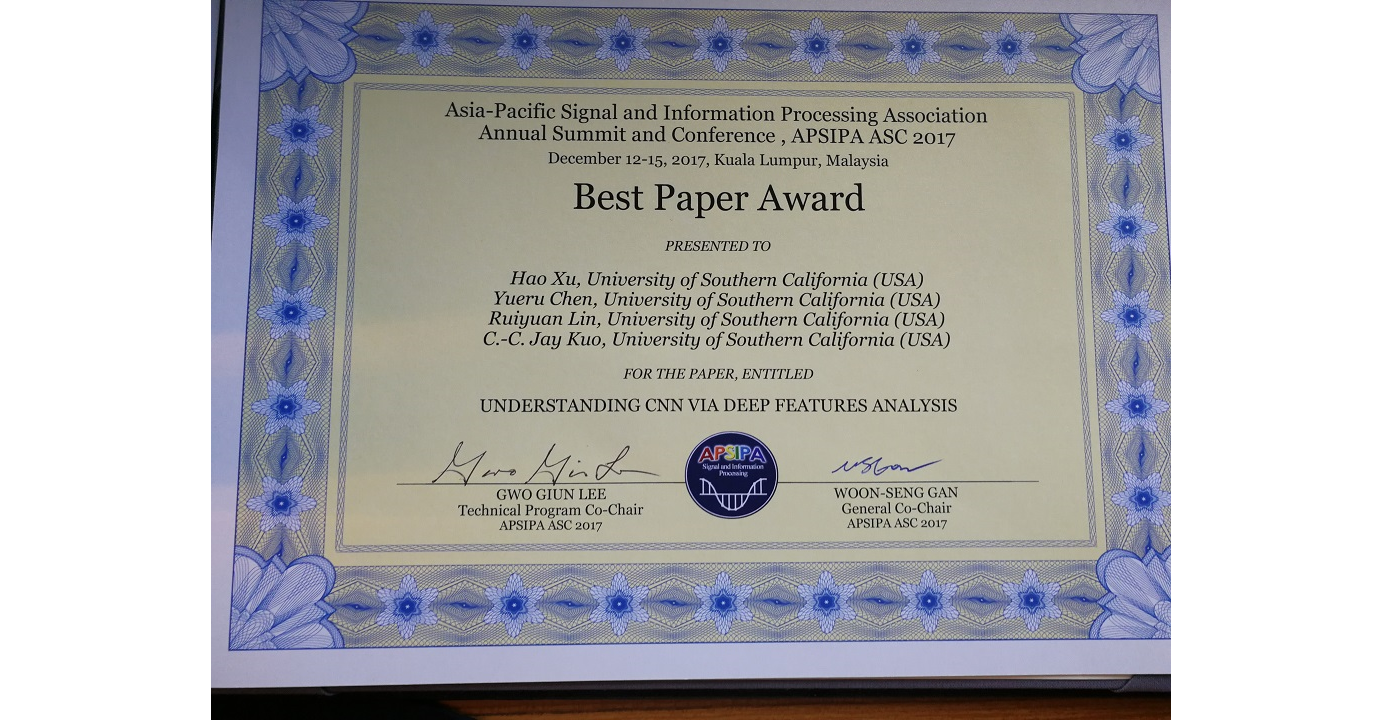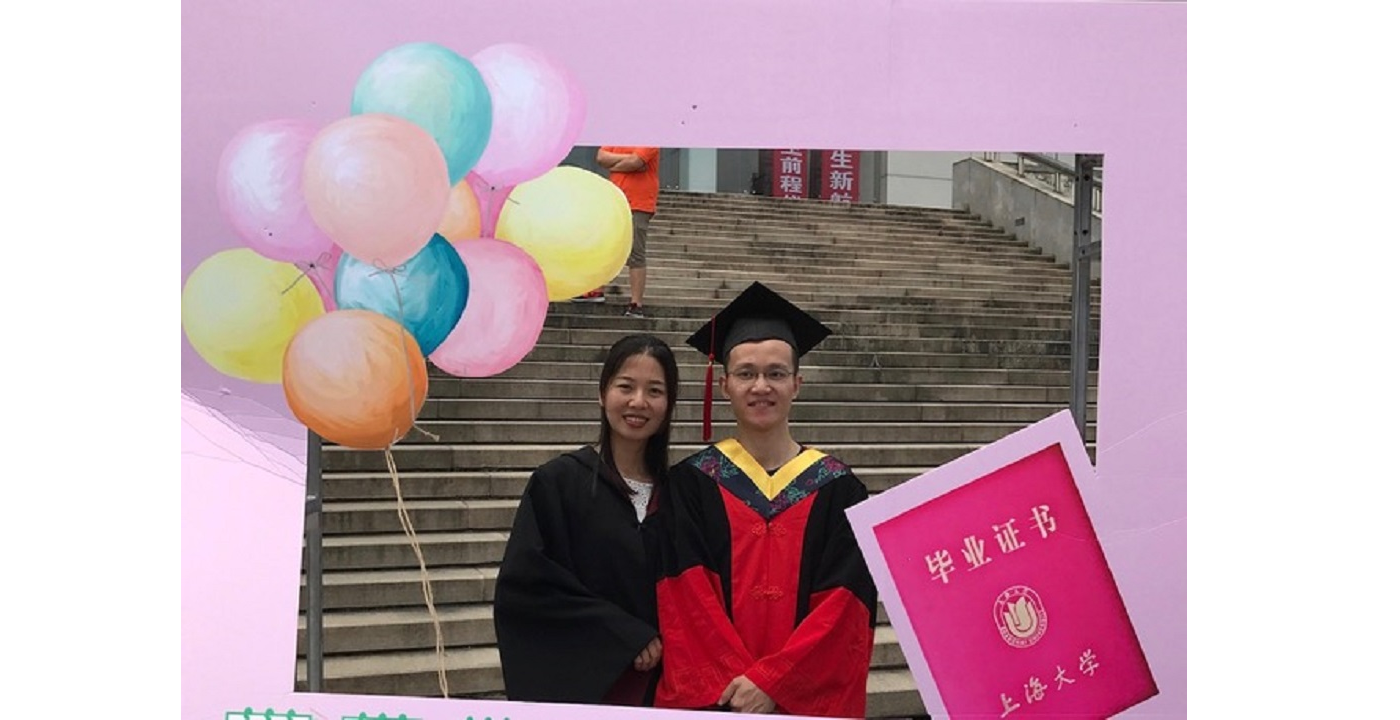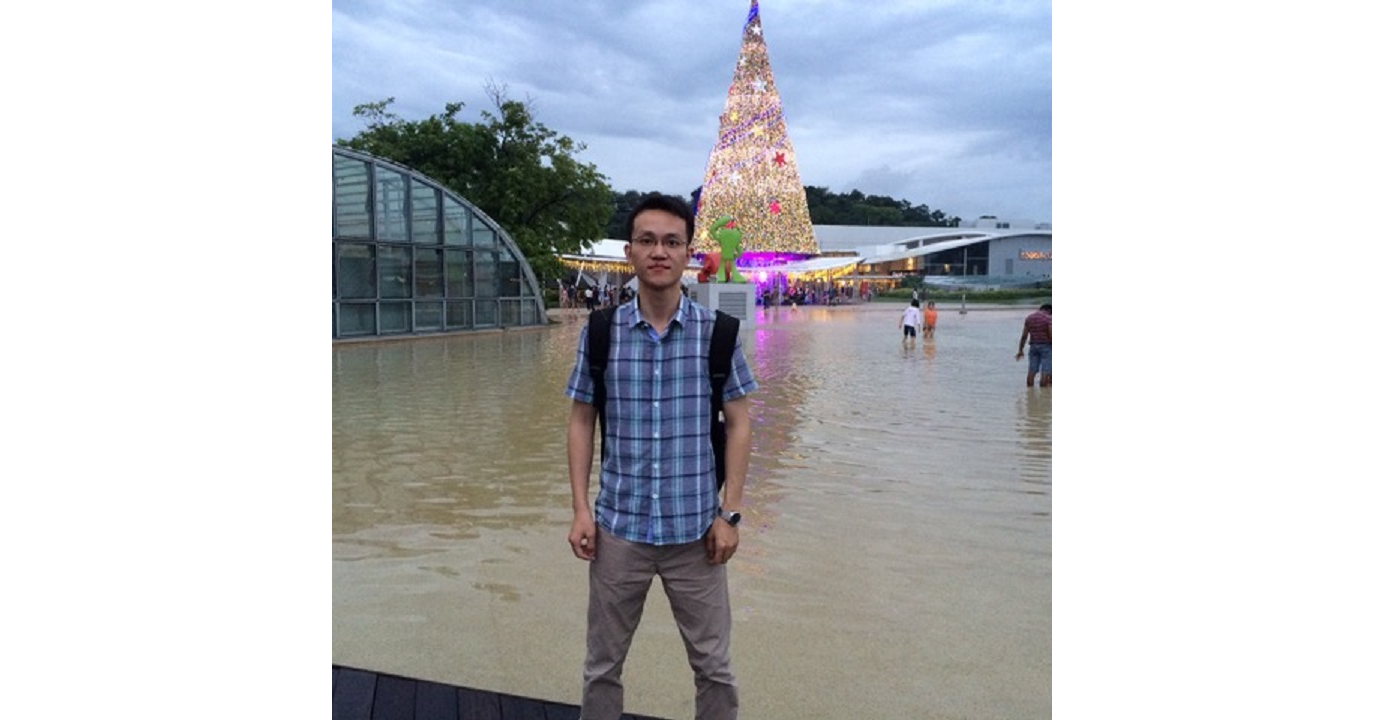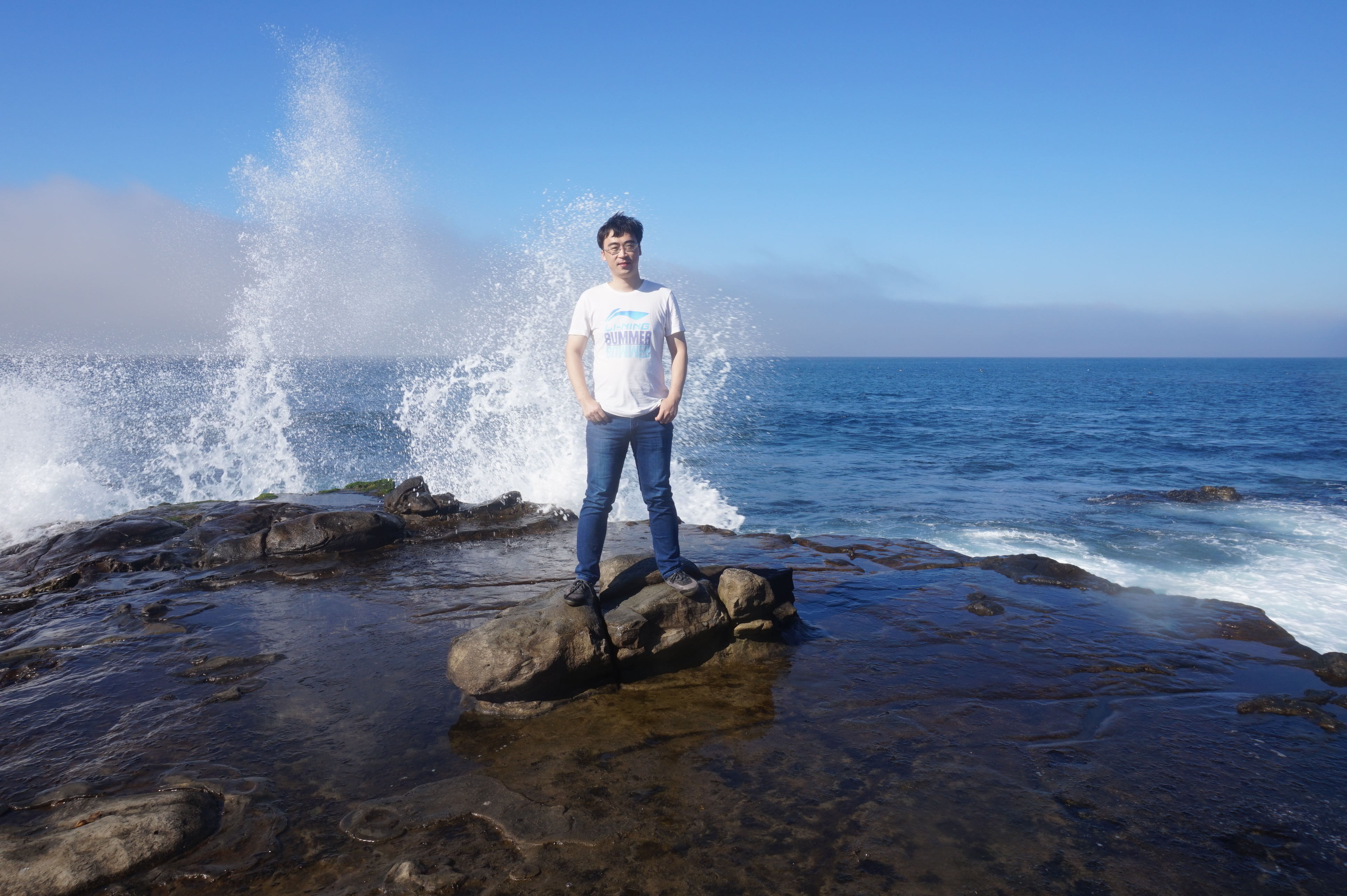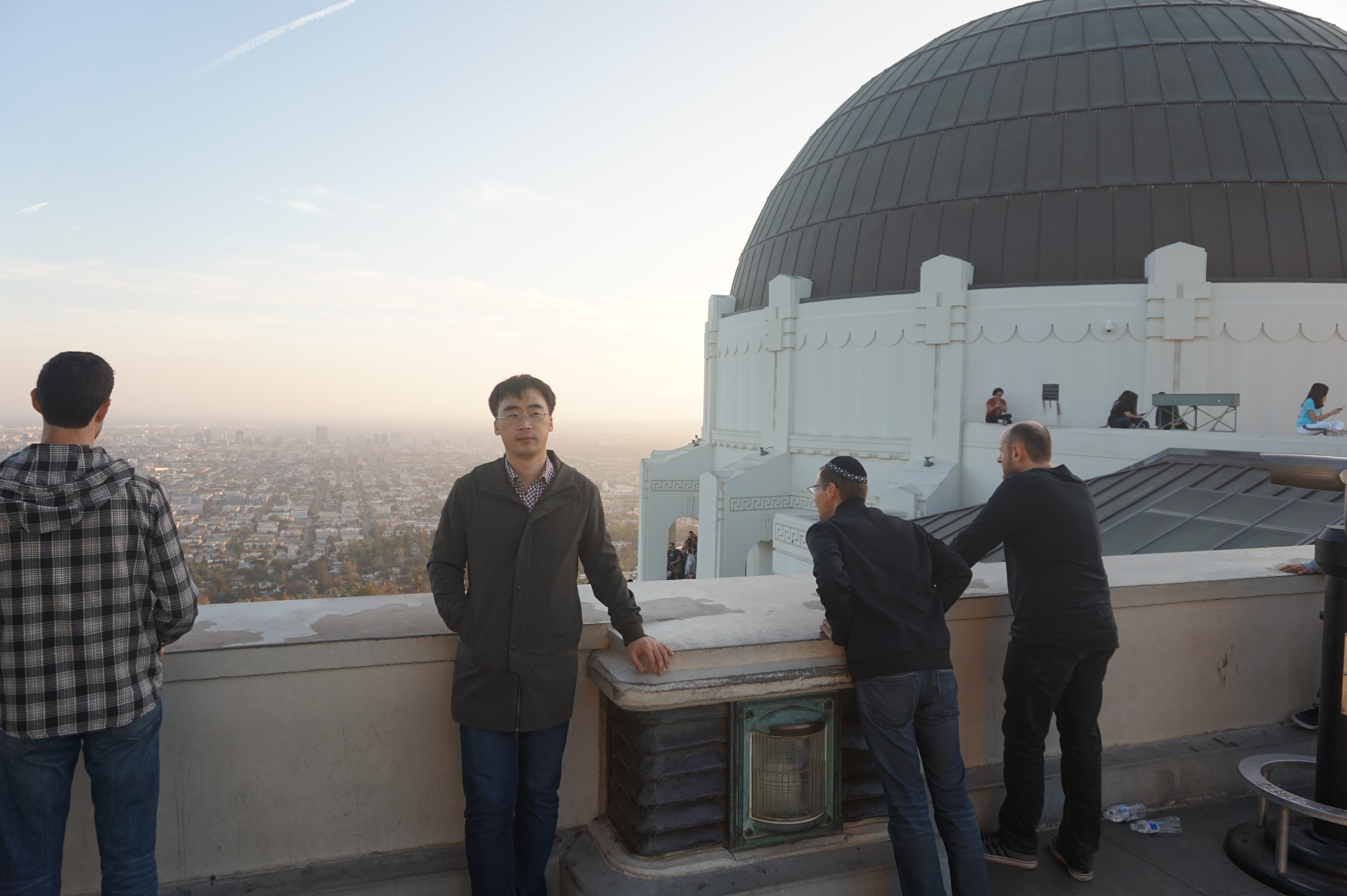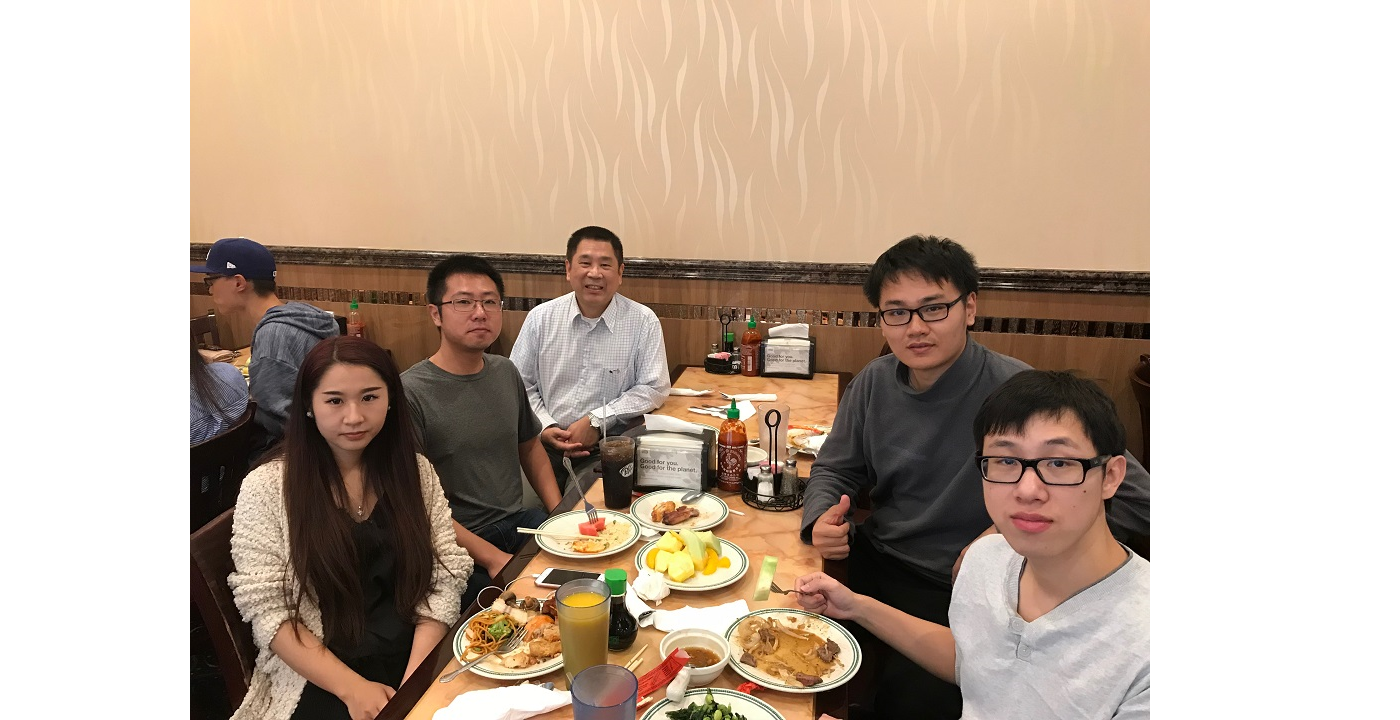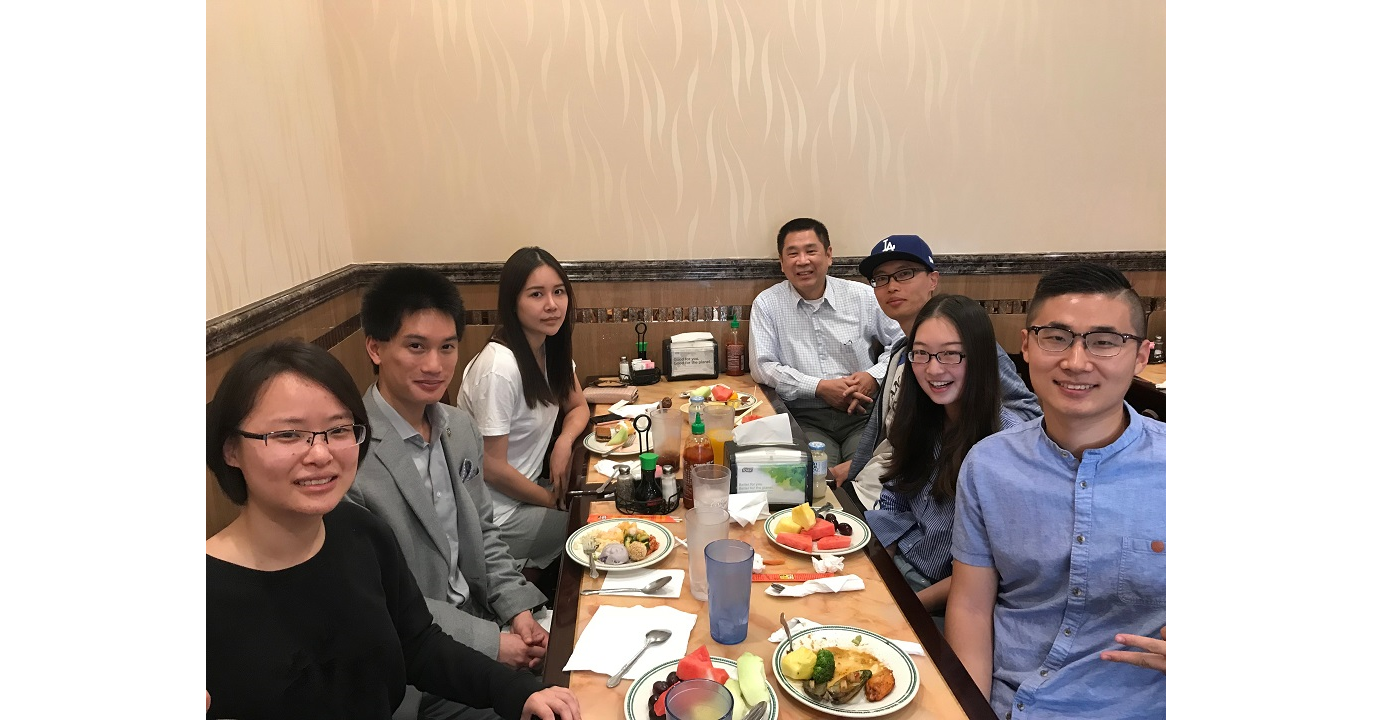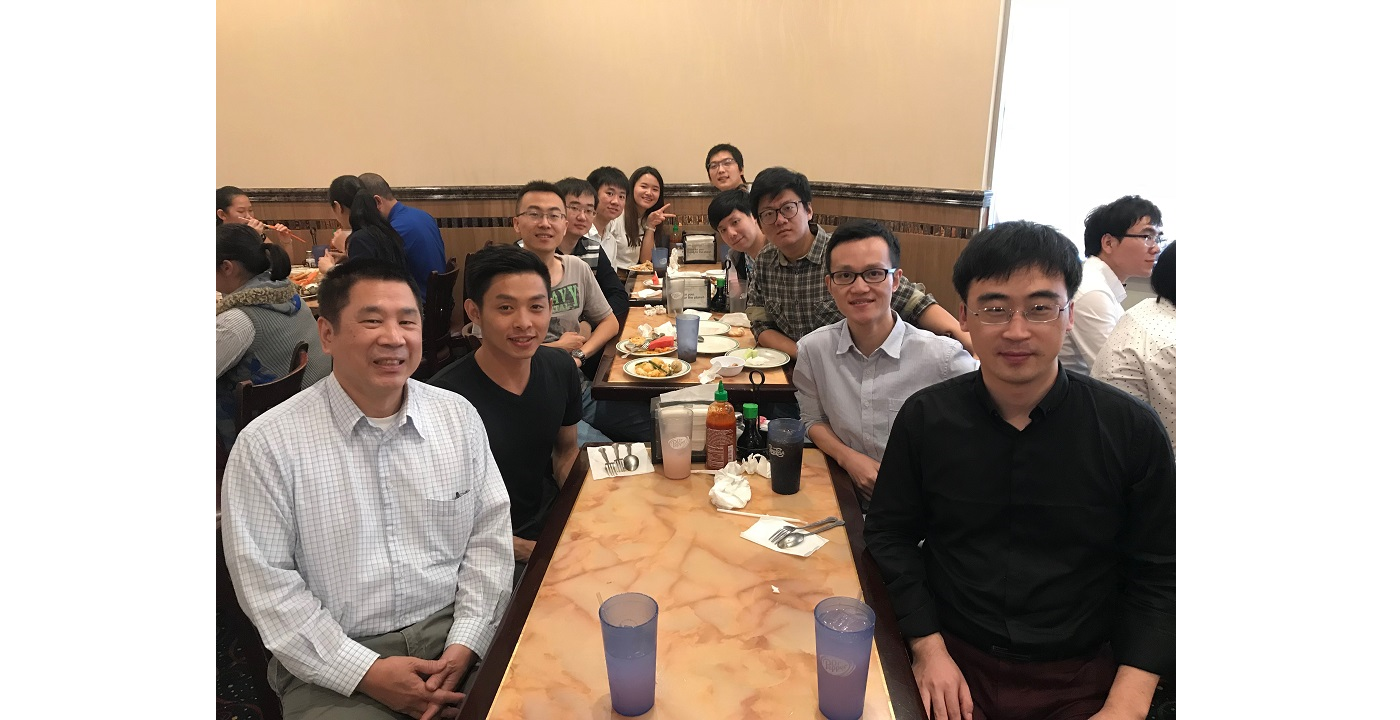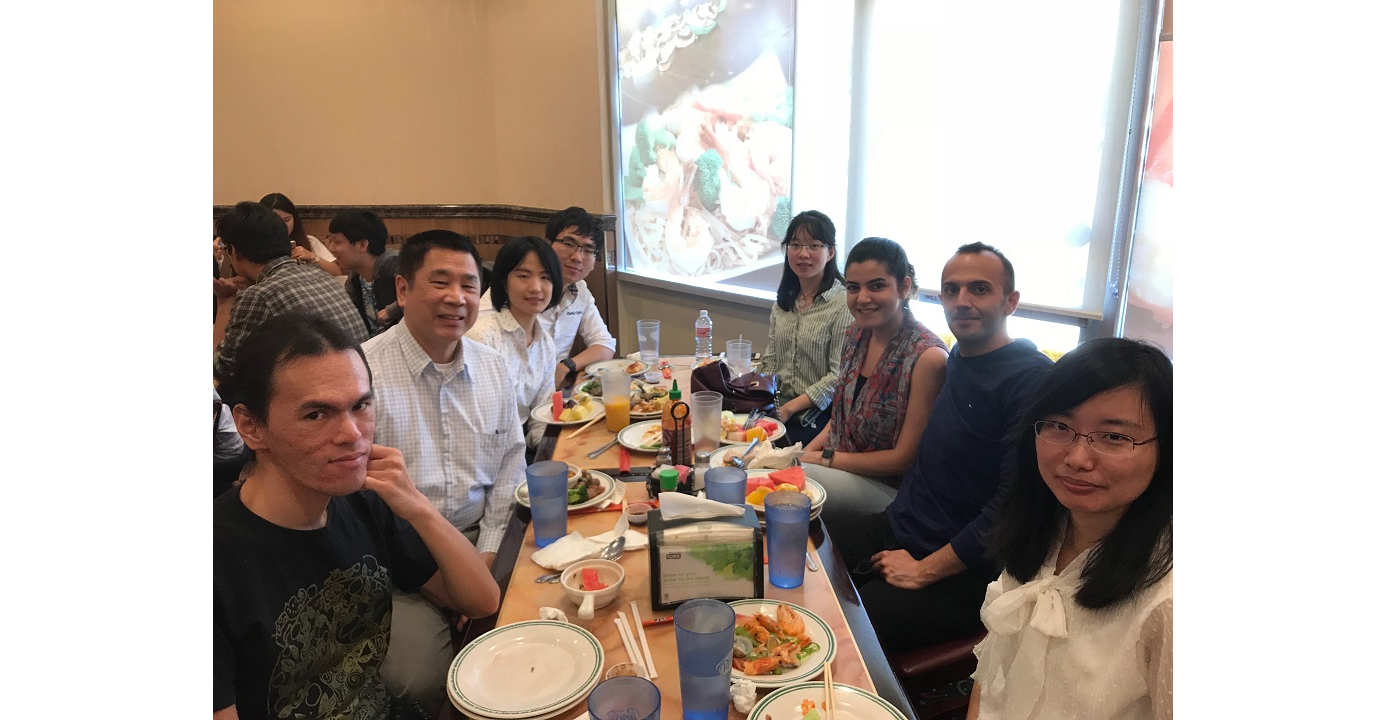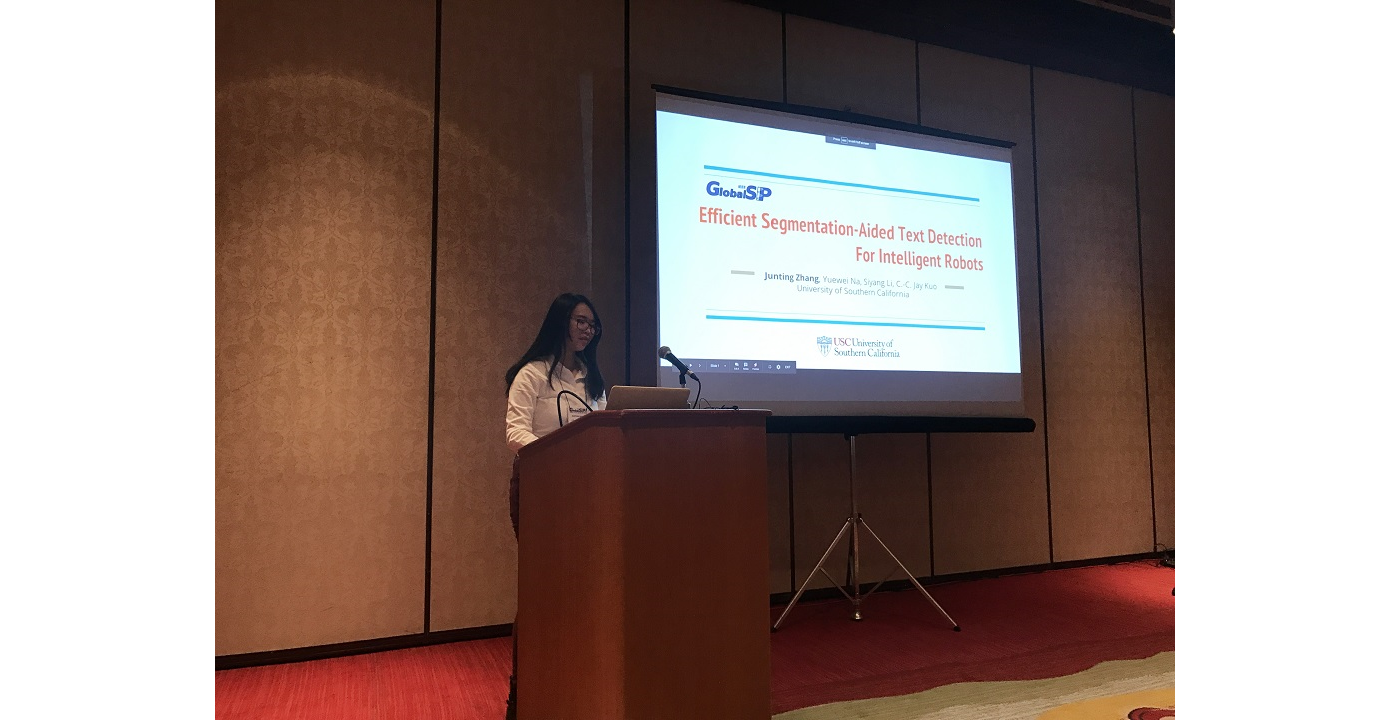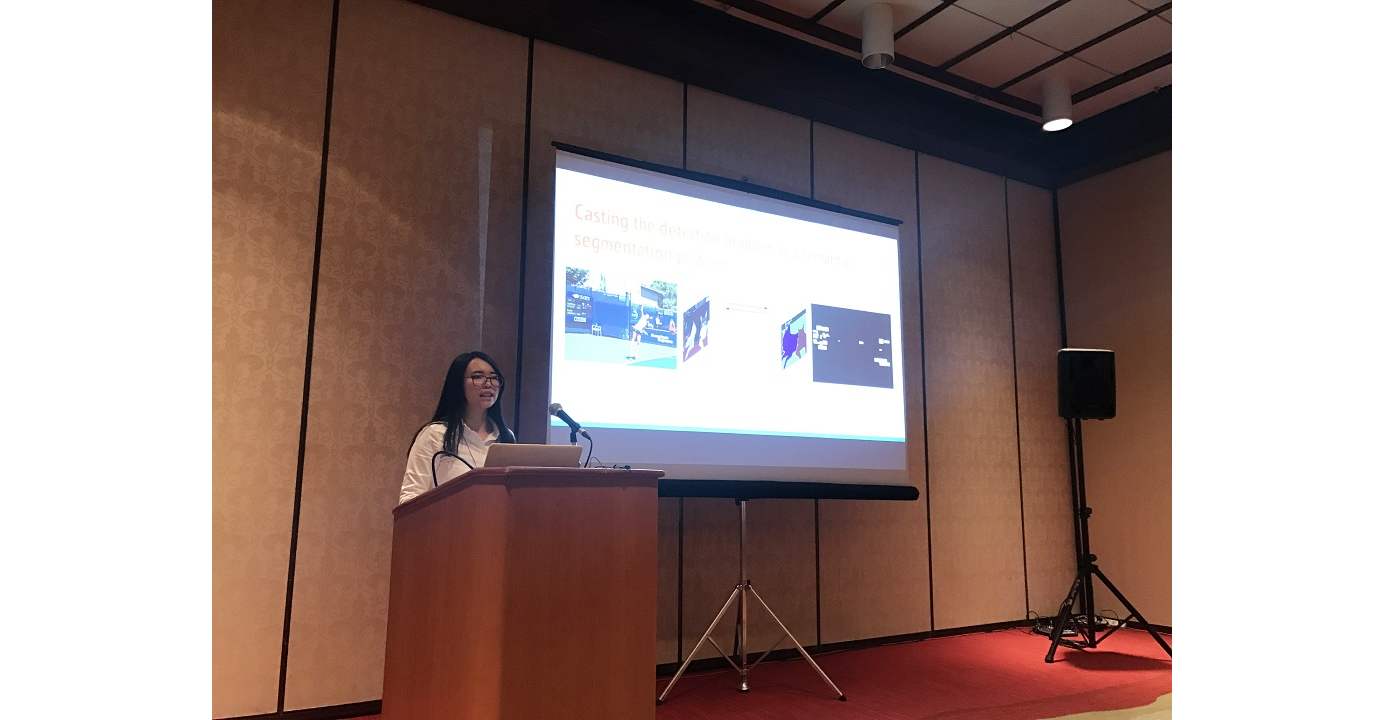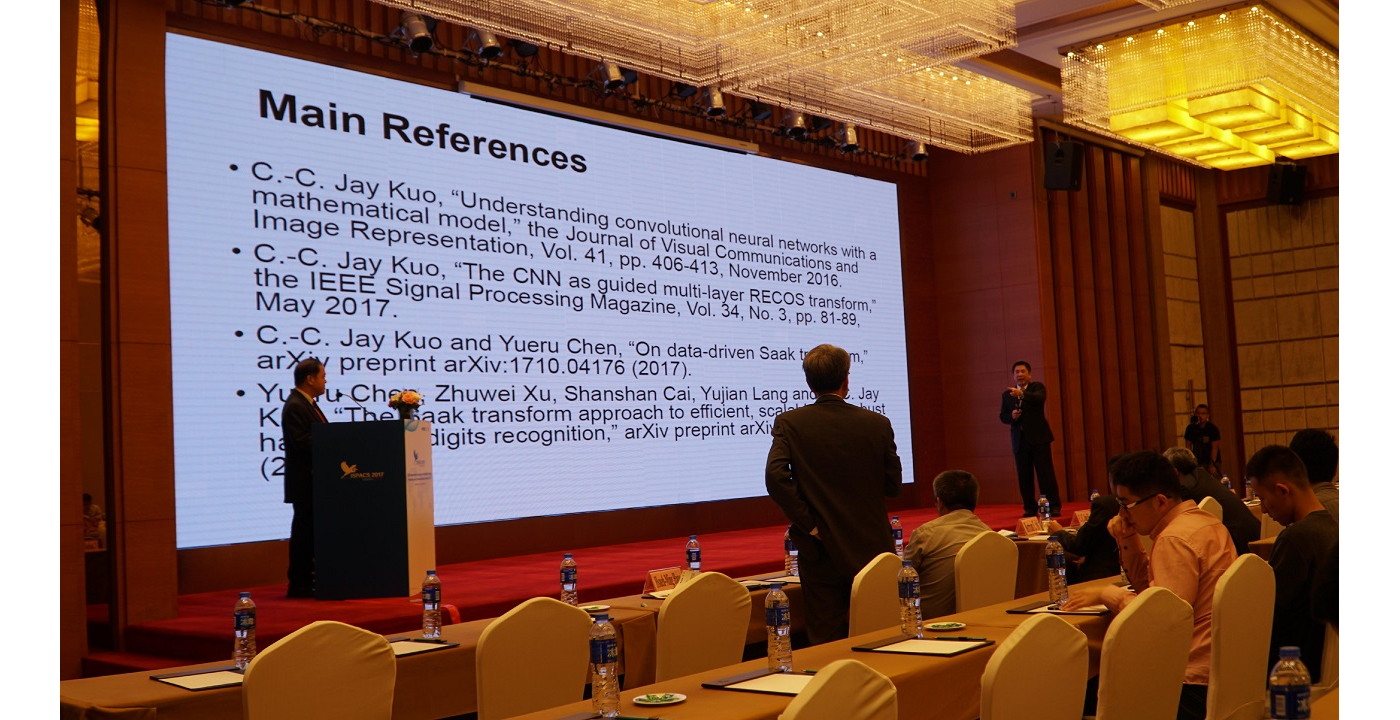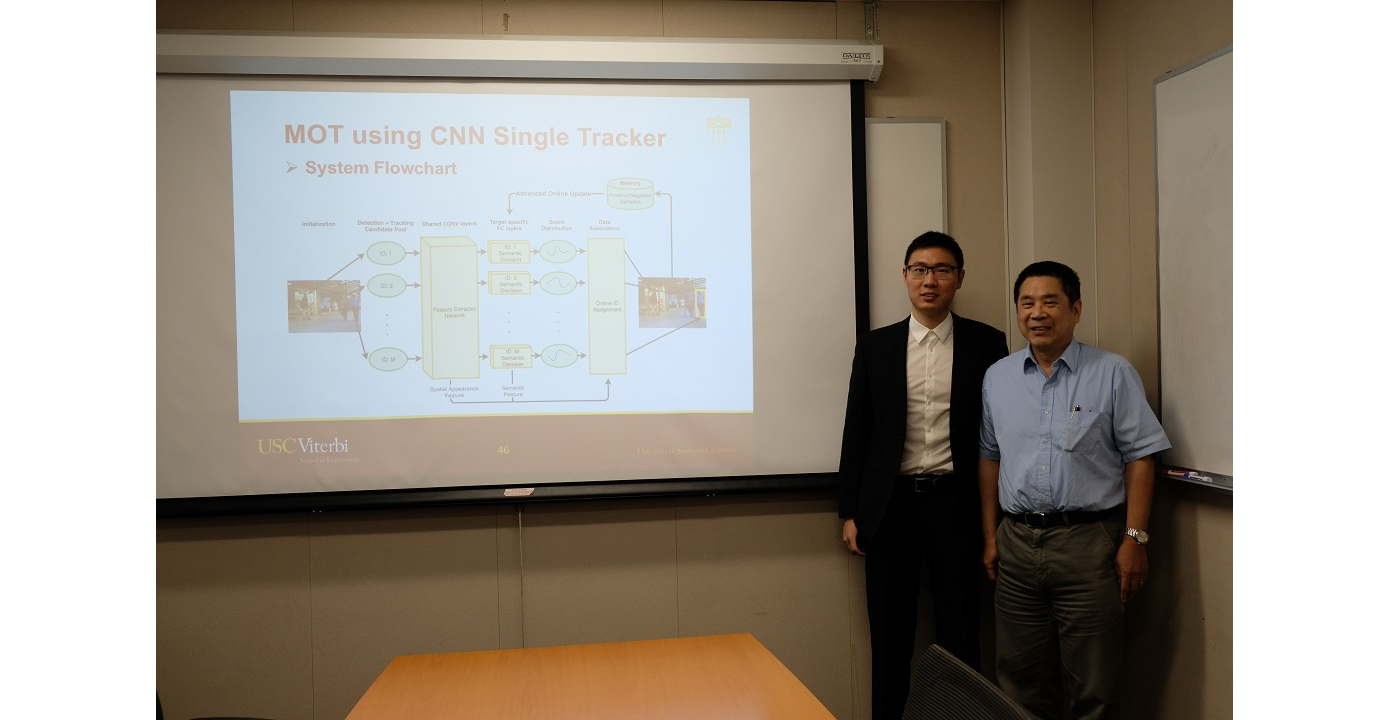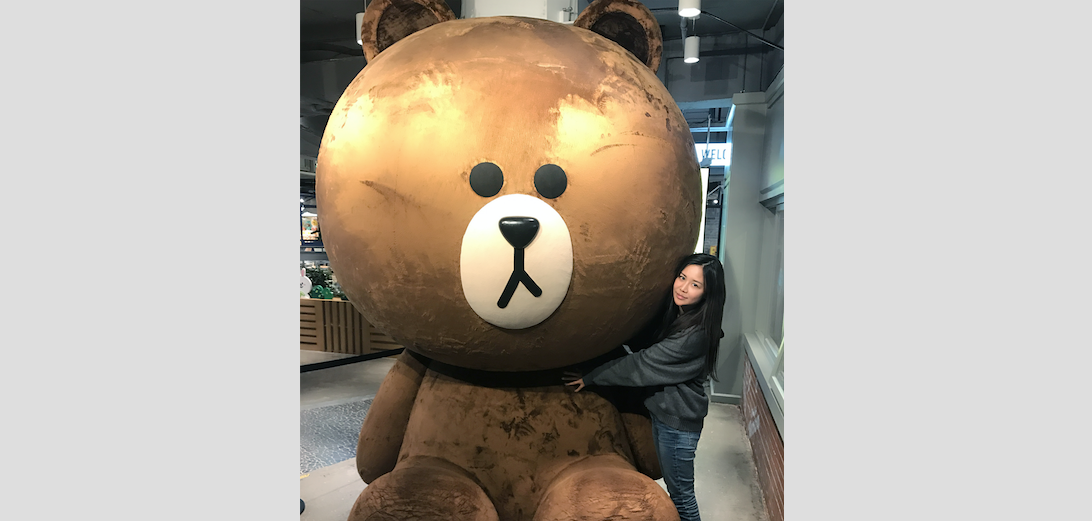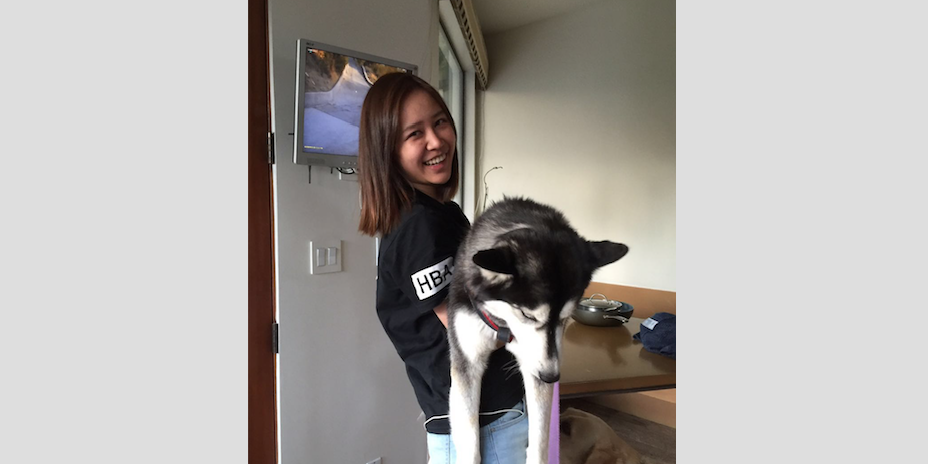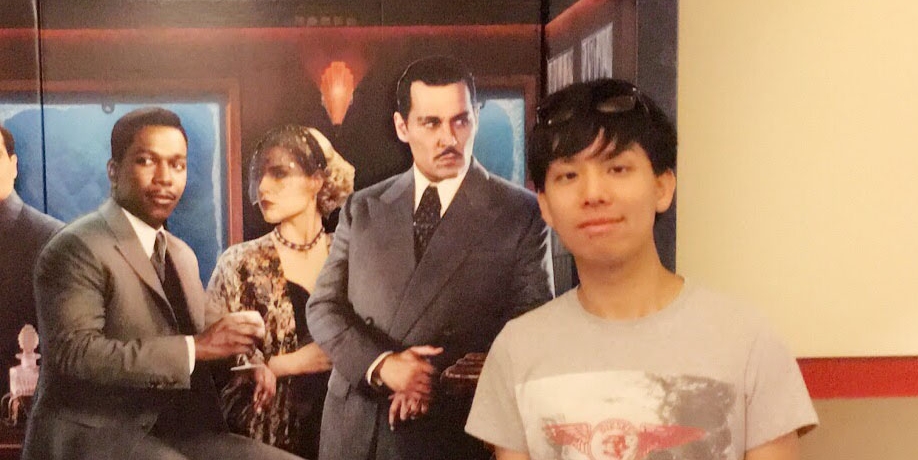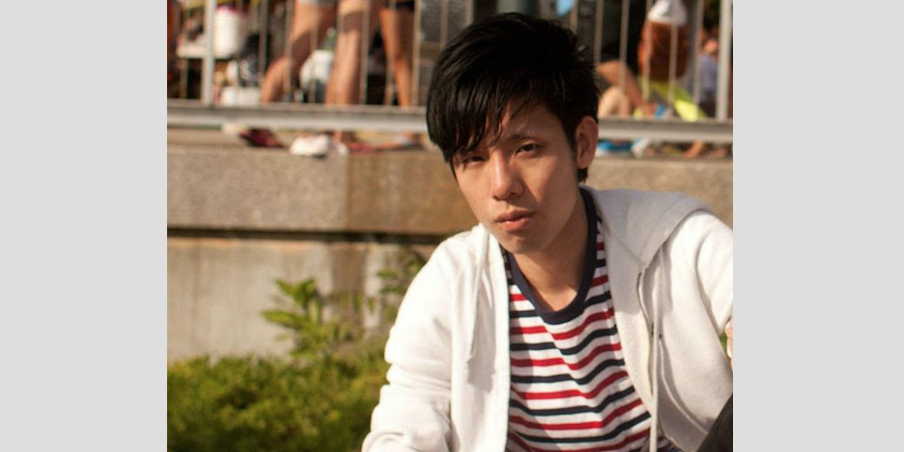We are so happy to welcome a new Post Doctor, Dr Xinfeng Zhang, this Fall 2017. Let us hear what he has to say about his research and MCL.
1. Could you briefly introduce yourself and your research interests?
My name is Xinfeng Zhang, and I received my B.S. degree in computer science from Hebei University of Technology, Tianjin, China, in 2007, and the Ph.D. degree in computer science from the Institute of Computing Technology, Chinese Academy of Sciences, Beijing, China, in 2014. From, Jul. 2014 to Oct. 2017, I was a research fellow in Rapid-Rich Object Search (ROSE) Lab in Nanyang Technological University, Singapore. My research interests include image/video compression, processing and quality assessment. I am also interested in image/video retrieval and analysis.
2. What is your impression about MCL and USC?
When I joined MCL, I was impressed with the professional group seminar, which is very formal and beneficial for both the speakers and audience. The active discussions among students also provide various views for us to think about questions. Moreover, I love the environment of USC, and it is real very beautiful.
3. What is your future expectation and plan in MCL?
I am very interested in the Saak transform, and I think it is a new powerful tool in image/video compression and understanding. Therefore, I hope to explore the characteristics of Saak transform, and investigate the higher compression performance using Saak transform. I also hope to become friends with all the other MCL members.



